Animation of the use of fluorodeoxyglucose in a PET scan to locate a lung cancer. The patient ingests the fluorodeoxyglucose, a radioactive tracer, and it spreads throughout the body like normal glucose, being absorbed by more active tissues, including tumours. However, the chemical has been designed to contain a radioactive 18-F fluorine atom in place of one of the normal hydroxide groups. This means that it cannot be metabolised by the cells, so it remains where it has been absorbed. 18-F is an artificial radioisotope of fluorine (green atom in the molecule), which decays with a half life of some 110 minutes. When it decays, it emits a positron (red), which quickly collides with an electron (blue), leading to the annihilation of both, and the emission of two gamma rays (yellow) in opposite directions. The PET scanner detects these gamma rays, and uses them to locate tissues with a high glucose uptake, as seen on the screen. The decay product of the radio-fluorine is oxygen-18, which converts the glucose back into a form in which it can be metabolised normally. See clip K004 4149 for a close-up of the decay.
Details
WebID:
C01786485
Clip Type:
RM
Super High Res Size:
1920X1080
Duration:
00:01:03.000
Format:
QuickTime
Bit Rate:
25 fps
Available:
download
Comp:
200X112 (0.00 M)
Model Release:
NO
Property Release
No



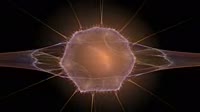
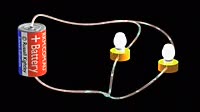
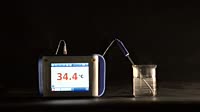
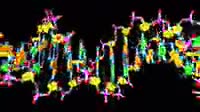


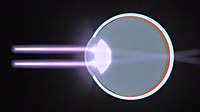


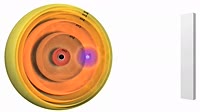
 Loading
Loading